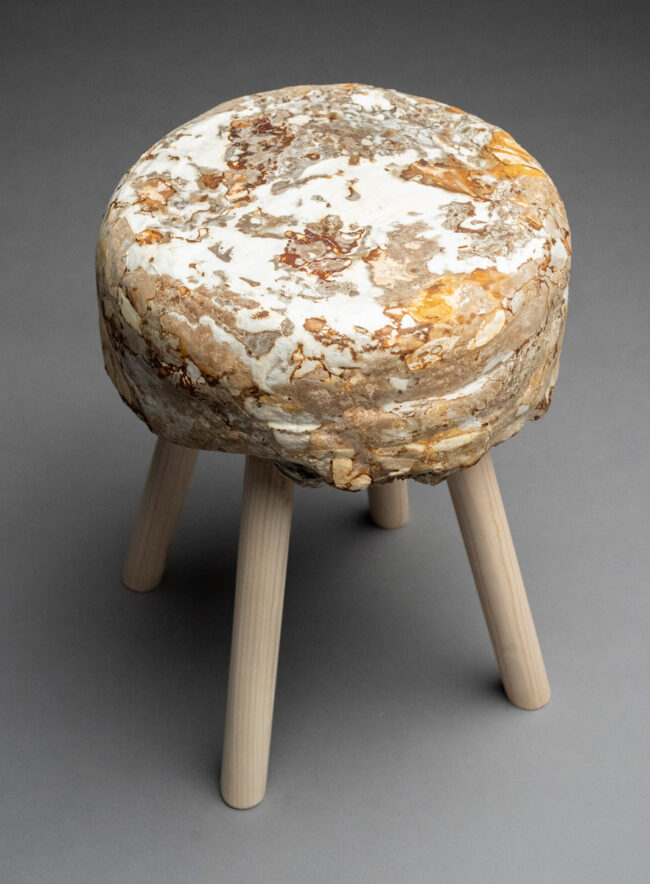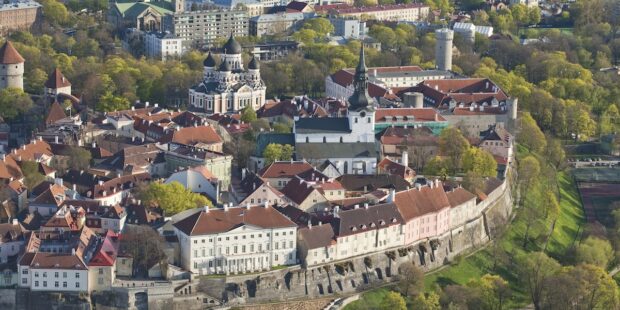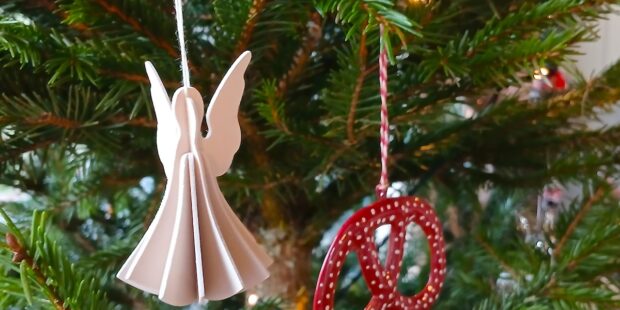From oriental porcelain to sustainable design – Tallinn’s Art Museums
Text KUMU Photo Johan Huimerind
 Siim Karro, Erki Nagla. Stool "Myce" made of a mushroom material.
Siim Karro, Erki Nagla. Stool "Myce" made of a mushroom material.
The summer months have bought numerous exhibitions of historical furniture, applied art, and the latest works of Estonian design to Tallinn’s art museums. In addition, Kadriorg Art Museum’s open storage space sculpture collection has been opened to the public for the first time.
The exhibition “Significant Material” has opened in the Adamson-Eric Museum in Tallinn’s old town. The exhibition presents the use of different materials and new technologies in the work of Estonian artists and designers. Among others, Kärt Ojavee and Johanna Ulfsak’s interactive smart fabric, Siim Karro’s carbon-negative mushroom furniture and jewellery artist Darja Popolitova’s 3D-printed rings are on display.
The exhibition invites visitors to think about our relationship with materials and the effects of materials on society and the environment. The exhibition explores how digital technologies, 3D printing, laser engraving or ultrasonic stitching expand the possibilities of use and expression of traditional materials such as porcelain, glass, wood or textiles.
Fascinating solutions that offer a new kind of aesthetics are created as a result of the collaboration of handicrafts and digital technologies. The works on display in the exhibition offer intelligent solutions to global problems, showing that a sustainable material culture is possible. The accompanying program of the exhibition includes, among other things, workshops aimed at the public, where you can try out materials and learn about sustainable technology and materials.
In addition to the beautiful palace surroundings and the basic exhibition, visitors to the Kadriorg Art Museum are greeted by the “Elegant Objects” exhibition dedicated to antique furniture and applied art, which takes a closer look at Baroque, Rococo and Empire styles and their 19th-century reinterpretations. The exhibition highlights the characteristics of different eras and styles, as well as typical design language and interior design elements. The exhibition guides the viewer to recognise them outside the exhibition space as well. Why not look for ornamental motifs decorating the baroque furniture in the exhibition elsewhere in the Kadriorg Palace or compare the expressive language of the magnificent baroque and elegant rococo in the visual and applied arts?
The objects of the past deepen the experience and scope of history in a practical way. A coffee cup, an armchair and other familiar everyday objects express the mood and aesthetic principles of the time that prevailed during their manufacture and use. At the same time, the open storage space of the palace museum’s sculpture collection has also been opened to the public for the first time.
Kumu Art Museum, Weizenbergi 34 / Valge 1, Tallinn
Kadriorg Art Museum, Weizenbergi 37, Tallinn
Adamson-Eric museum, Lühike jalg 3, Tallinn
Mikkel Museum, Weizenbergi 28, Tallinn
To learn more about this and similar topicsAdamson-Eric Museum Applied Art Baroque Furniture Estonian Design Kadriorg Art Museum Kadriorg Palace Tallinn Art Museums









